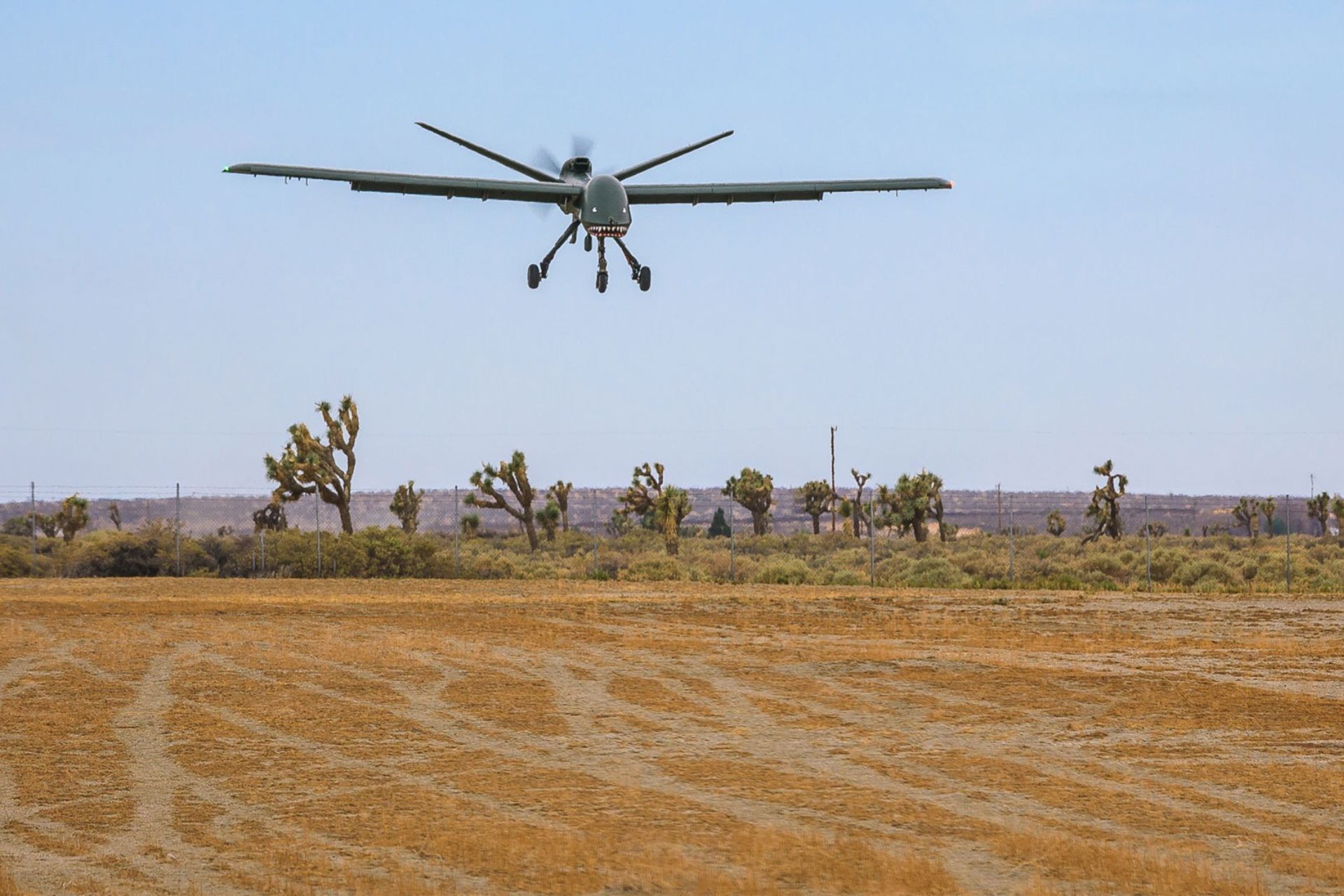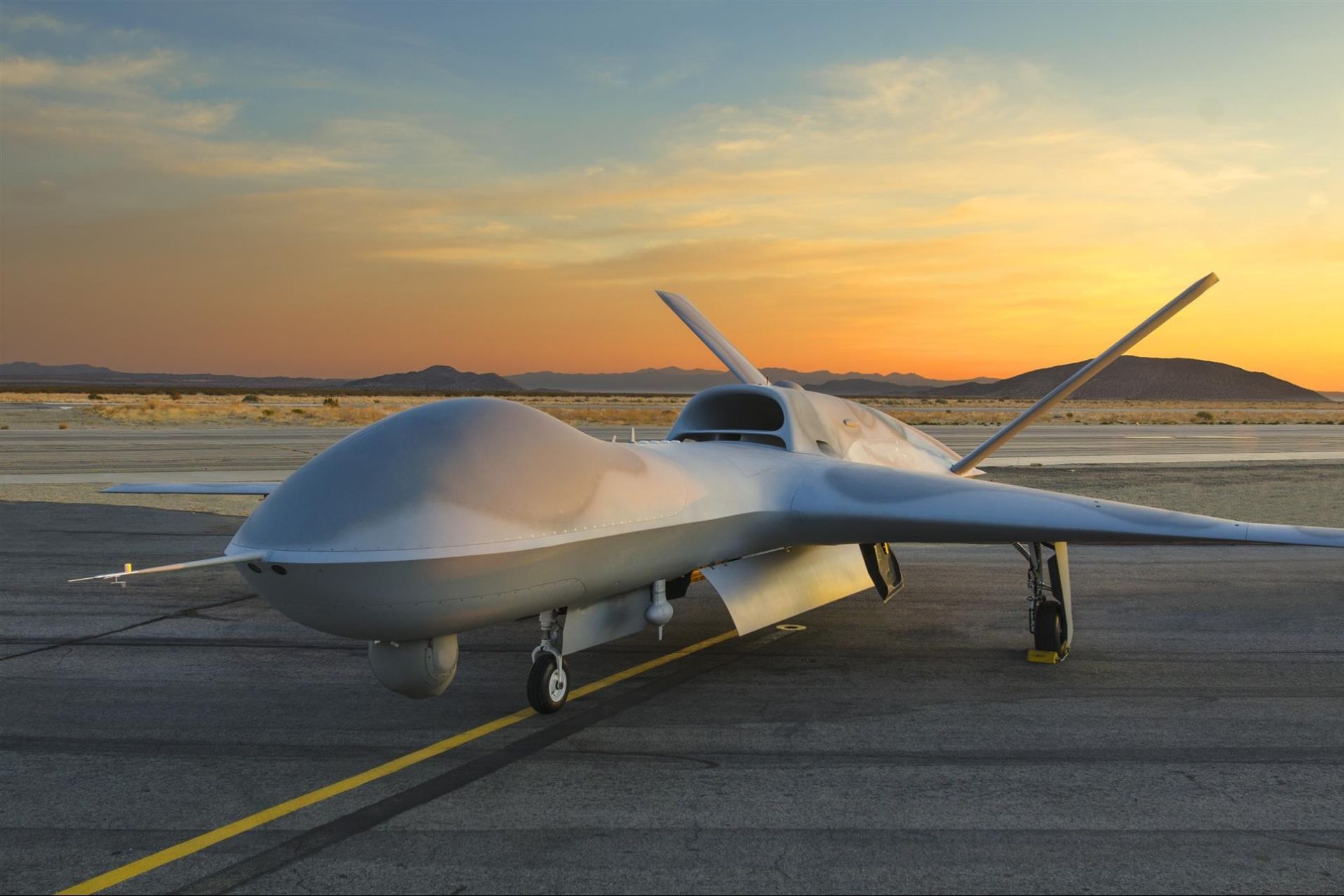Breaking News
Analysis: Facing Coups in West Africa, US Must Find ISR Alternatives to MQ-9 Reaper.
The recent wave of coups in West Africa has significantly disrupted counterterrorism and intelligence operations by the United States and France in the region, particularly across the Sahel. Niger, which played a central role as a strategic ally in the fight against Islamist extremism, hosted key AFRICOM drone bases, such as Air Base 101 in Niamey and Air Base 201 in Agadez. These installations were essential for conducting intelligence, surveillance, and reconnaissance (ISR) missions. However, with recent political upheavals and the withdrawal of Western troops, these bases have become inaccessible, forcing AFRICOM and its partners to rethink their strategies to maintain effective ISR operations in the region.
Follow Army Recognition on Google News at this link
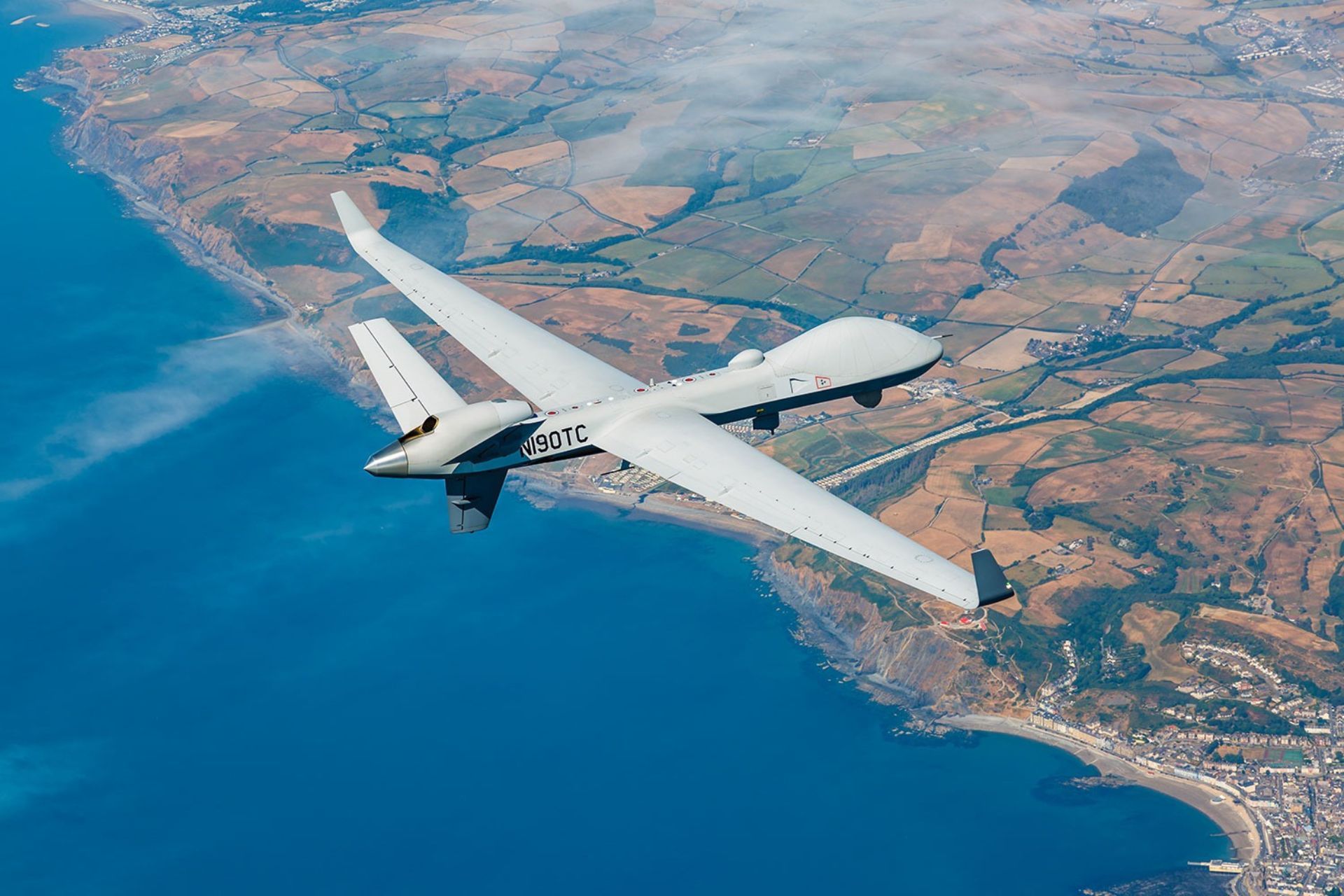
The MQ-9B SkyGuardian offers increased endurance, with up to 40 hours of flight time, which reduces the frequency of refueling and launching operations from vulnerable bases (Picture source: General Atomics)
The loss of these bases has led the United States and France to explore new deployment options in neighboring countries such as Ghana, Benin, and Ivory Coast. However, these negotiations are still in their early stages, and uncertainty remains about the viability of these new options. Meanwhile, other global powers, notably Russia, have rapidly increased their presence in West Africa. Russian forces have established a base near the former U.S. base in Agadez, and analysts predict that China may also seek to expand its influence in the region, beyond its existing base in Djibouti.
This situation has highlighted the limitations of AFRICOM's current ISR platforms, particularly the MQ-9 Reaper. While this drone has been a valuable tool for U.S. drone operations, with an endurance of about 27 hours and the ability to carry a significant payload, its reliance on ground bases and its vulnerability in contested environments raise concerns. Its relatively slow cruising speed, combined with the need for secure bases for launch and recovery, makes it less suitable for situations where access to local infrastructure becomes uncertain, as is the case in West Africa.
In response to these challenges, AFRICOM and the Pentagon have begun exploring more advanced and flexible ISR platforms. Among these, the MQ-9B SkyGuardian stands out as a significant evolution of the Reaper. This drone offers increased endurance, with up to 40 hours of flight time, which reduces the frequency of refueling and launching operations from vulnerable bases. Additionally, the SkyGuardian is designed to operate in civilian airspace under NATO standards, providing increased flexibility for deployment from bases outside West Africa, including naval bases or more secure locations. Its improved sensors, including maritime patrol capabilities and synthetic aperture radar, make it particularly effective for extended ISR missions over vast areas.
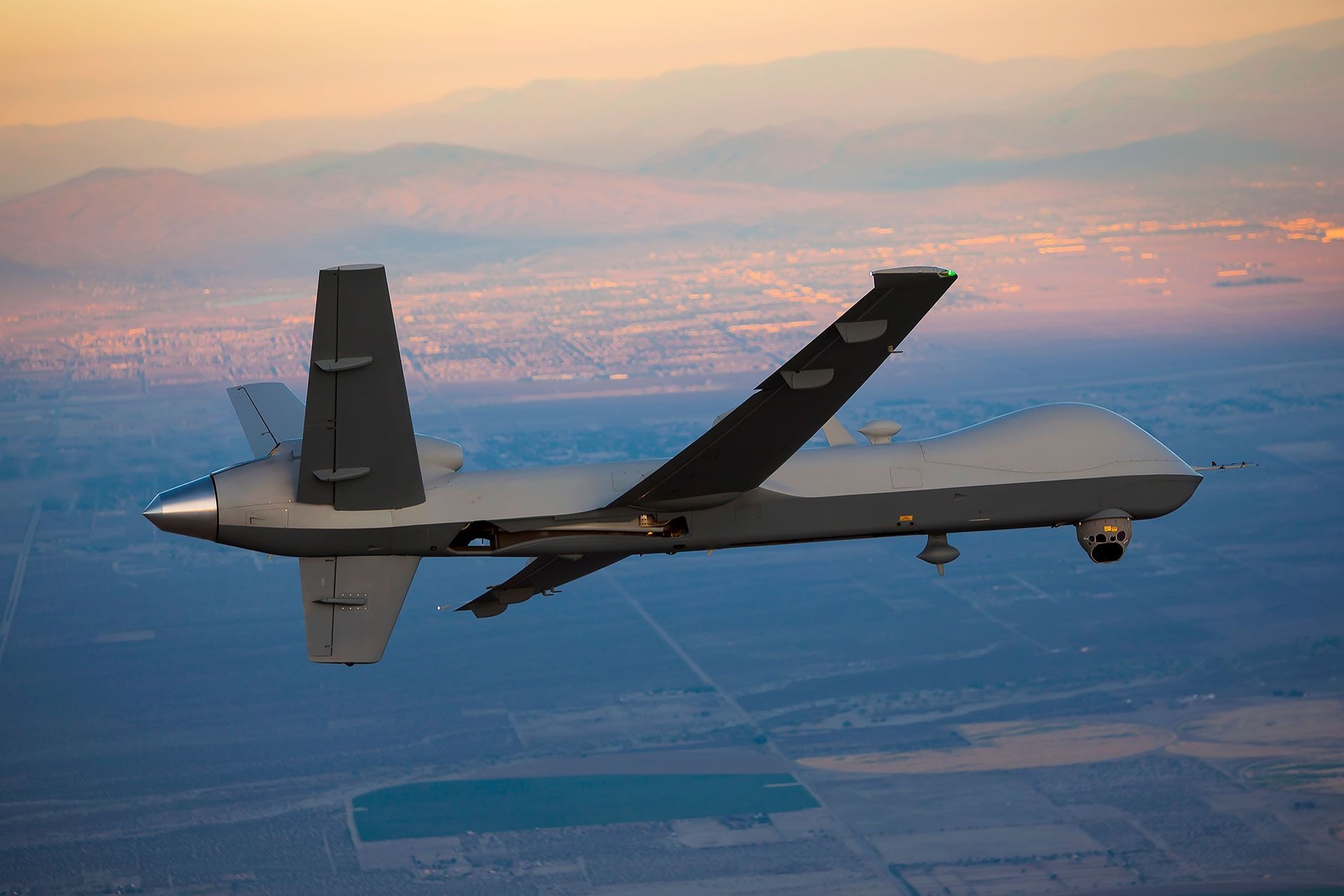
This situation has highlighted the limitations of AFRICOM's current ISR platforms, particularly the MQ-9 Reaper (Picture source: General Atomics)
Meanwhile, the MQ-1C Gray Eagle, used by the U.S. Army, also offers notable advantages in modularity and mission flexibility. It can carry multiple types of sensors and weapons, and its modular design allows it to adapt to changing field conditions. However, with a flight endurance of about 25 hours, it is less effective than the SkyGuardian for long missions without refueling. This limitation makes it less suitable for extended operations requiring continuous airborne presence without relying on local bases.
Beyond the MQ-9 Reaper, MQ-9B SkyGuardian, and MQ-1C Gray Eagle, the U.S. military has other ISR platforms that could be relevant for operations in West Africa via AFRICOM. One such drone is the Avenger, also known as the Predator C. This high-speed drone with moderate endurance (around 20 hours) is designed to penetrate contested areas with its stealth and high-altitude capabilities.
It can also carry armaments for precision strikes. However, its endurance is lower than that of the SkyGuardian, making it less suitable for extended missions without refueling. Additionally, its higher operating cost could be a disadvantage for missions requiring prolonged presence.
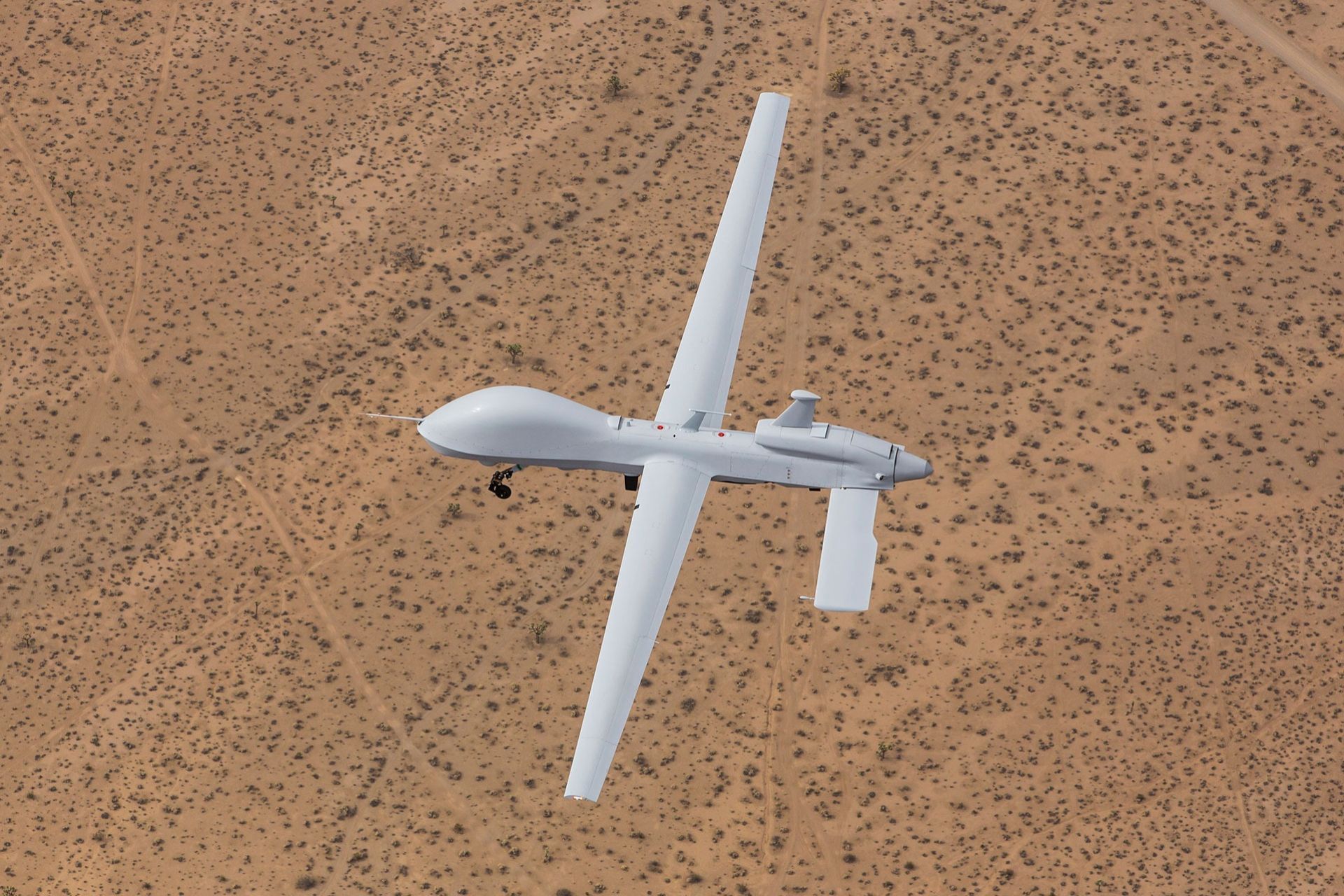
The MQ-1C Gray Eagle, used by the U.S. Army, also offers notable advantages in modularity and mission flexibility (Picture source: General Atomics)
The Mojave is a newer drone from General Atomics, designed for operations in austere environments with its short takeoff and landing (STOL) capabilities. It can carry up to 16 Hellfire missiles and features advanced sensors for ISR missions. However, while the Mojave is designed for maximum flexibility in areas with limited infrastructure, its endurance is not yet comparable to that of the SkyGuardian or Gray Eagle, limiting its use in long-duration missions without constant logistical support.
Thus, among these options, the Avenger appears to be a strong candidate for ISR missions and precision strikes in West Africa. Its ability to operate in contested environments, combined with its advanced sensors, makes it a viable option for operations requiring both stealth and precision while reducing reliance on local bases that may be compromised due to political instability.
In conclusion, AFRICOM's ability to maintain effective surveillance and respond to threats in West Africa will largely depend on its capacity to adopt these new ISR platforms. The SkyGuardian, with its increased endurance and operational flexibility, seems to offer the best solution to address the changing geopolitical and security realities of the region.
The Avenger (first) and the Mojave (second) are both ISR platforms that could be relevant for operations in West Africa for AFRICOM (Picture source: General Atomics)



























